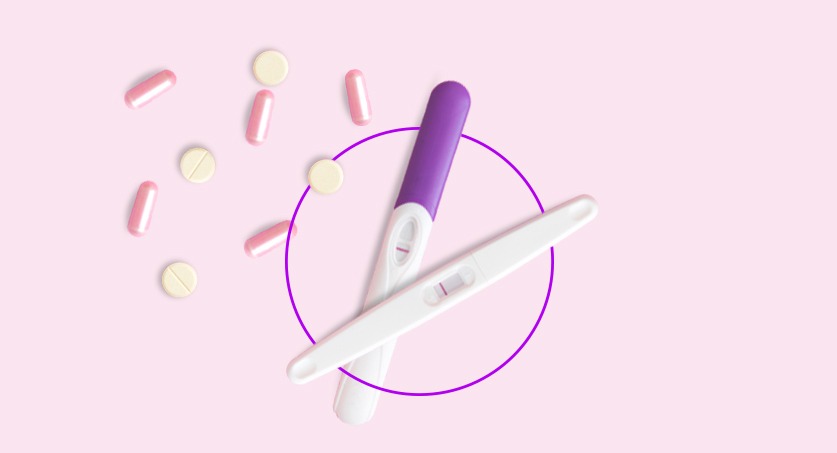

Infertility is a silent struggle for a surprisingly high percentage of individuals. 1 in 8 couples battle infertility and, more often than not, do so privately. The good news is that infertility isn’t a final sentence anymore; impressive advances in modern medicine now offer parenthood options to the many who aren’t able to conceive naturally.
What are the most popular treatments for infertility?
Thanks to state-of-the-art science, there are now many treatments available – the first step is determining the best one for you. Infertility therapies range from medicated approaches to embryo implantation through assisted reproductive technology (ART). Some treatments are designed specifically for men, for women or involve both partners.
In Vitro Fertilization (IVF)
In Vitro Fertilization consists of a series of procedures used to help increase the potential for fertility or prevent genetic anomalies which may be preventing conception.
During IVF, mature eggs are retrieved from the female partner’s ovaries and are fertilized in a laboratory using fresh, or cryo-preserved, sperm from the male partner. The fertilized eggs then develop into embryos which are skillfully transferred to the uterus of the female partner or gestational carrier. One full cycle of IVF takes three weeks, on average, but this timeframe can vary depending on how the various stages are executed.
IVF is one of the most effective forms of assisted reproductive technology (ART). It can incorporate a couple’s own eggs and sperm (gametes) or involve the use of donors.
Intrauterine Insemination (IUI)
Intrauterine insemination is a fertility treatment where sperm is strategically situated directly into a woman’s uterus, close to the fallopian tubes, in order to increase the chances of conceiving.
During natural conception, sperm has to travel from the vagina through the cervix, into the uterus, and up to the fallopian tubes. With IUI, sperm is cleansed and concentrated and directed closer to the available egg. Insemination is performed during ovulation, usually within 24-36 hours after the surge of Luteinizing hormone (LH) is detected, or after the “trigger” injection of human chorionic gonadotropin (hCG) is administered. Pregnancy is then determined by a urine test or blood test and ultrasound.
Surgical Procedures
Along with assisted treatments for infertility, surgical procedures are commonly needed to further investigate fertility issues and remedy them, if possible.
Fallopian tube surgery
Scarred or blocked fallopian tubes may need surgery to repair them. Surgery can assist in breaking up scar tissue, making it easier for eggs to travel through. The success of this type of surgical intervention depends on the extent of the damage to the fallopian tubes.
Laparoscopic surgery
Laparoscopic surgery is used to treat women with Endometriosis – a condition where sections of the uterine lining have grown outside of the womb. During laparoscopic surgery, fluid-filled cysts and submucosal fibroids in the womb can be destroyed or removed. Women suffering from polycystic ovary syndrome (PCOS), may require laparoscopic ‘ovarian drilling’ if ovulation medicine has not proved to be successful.